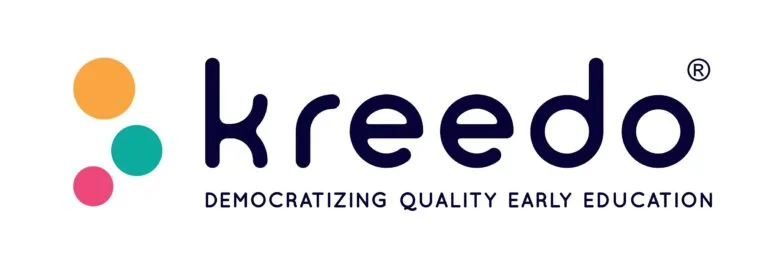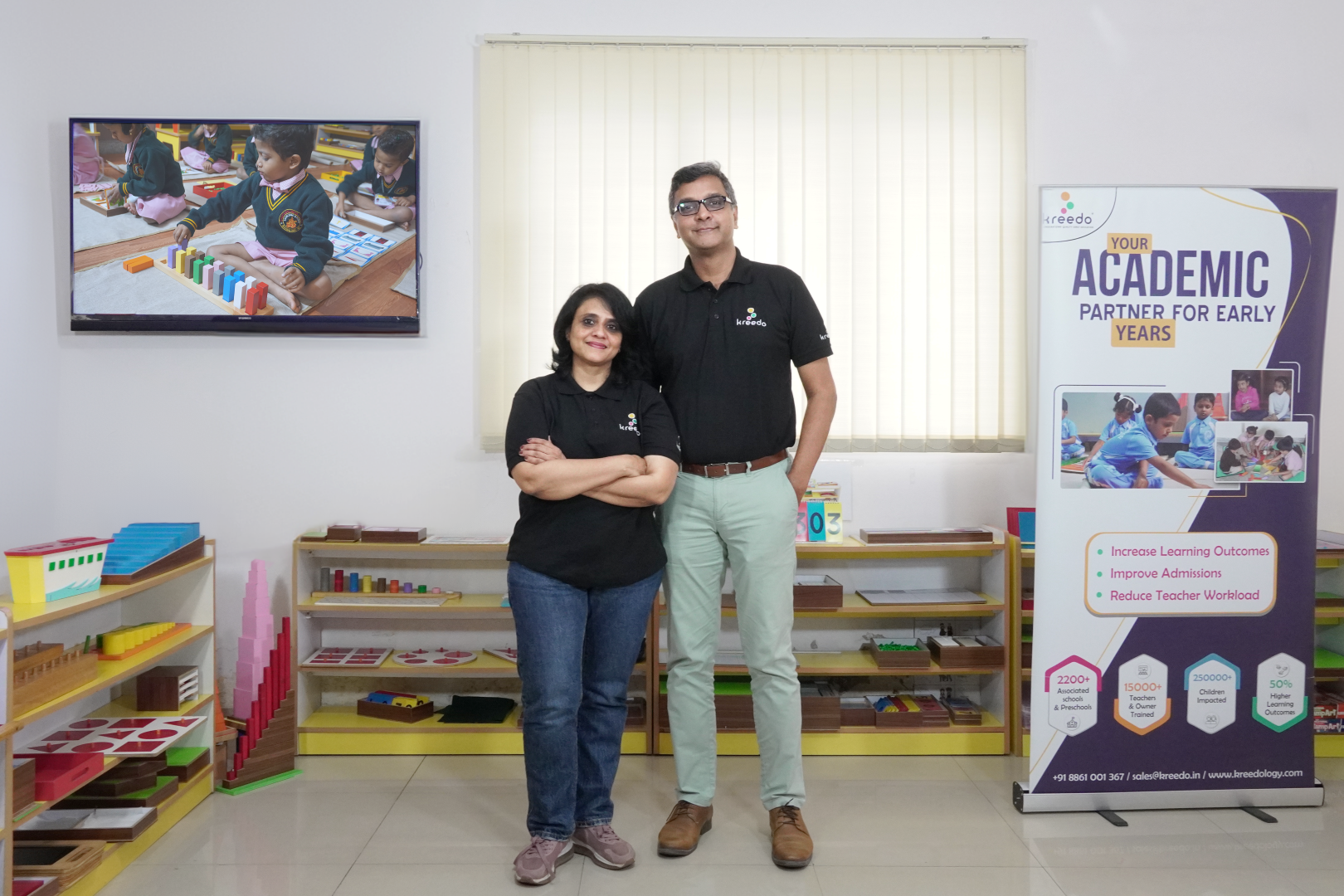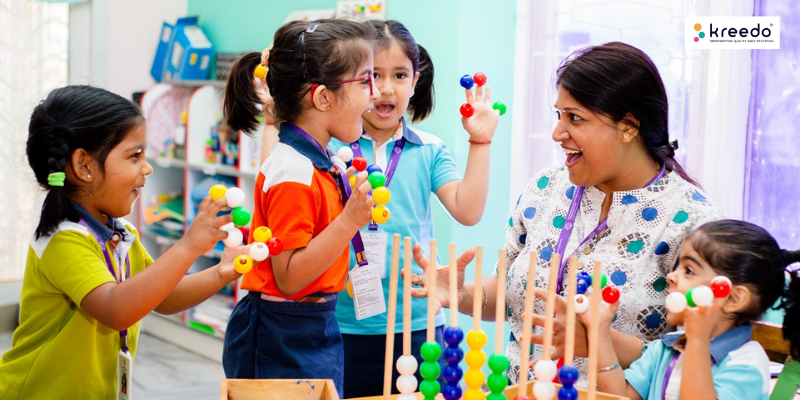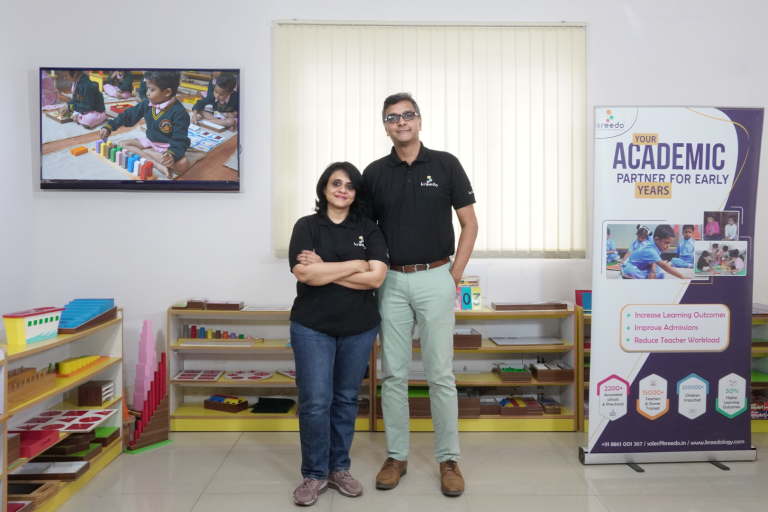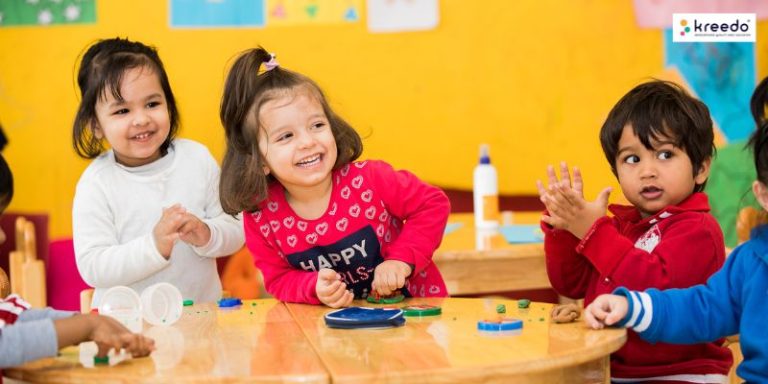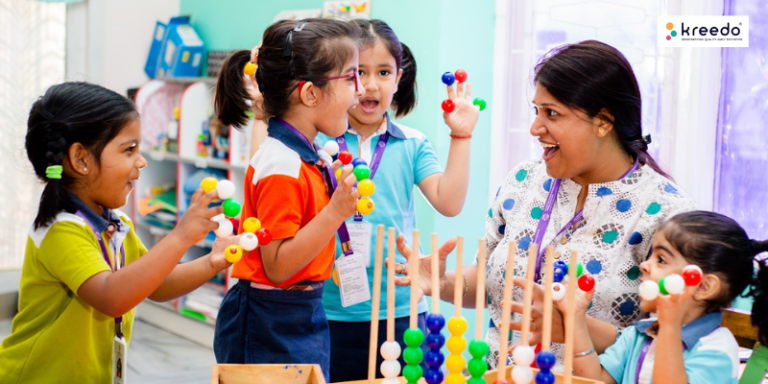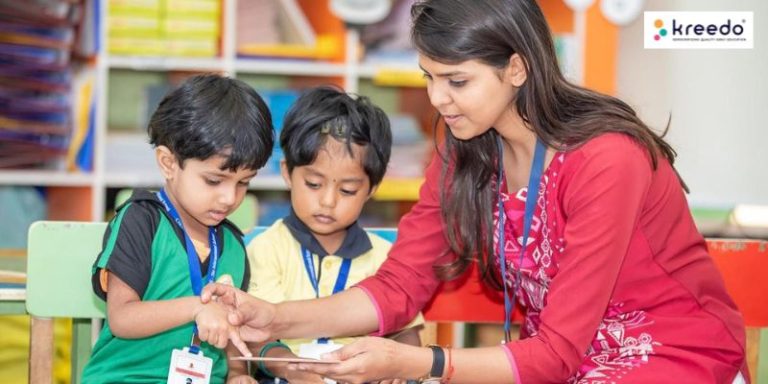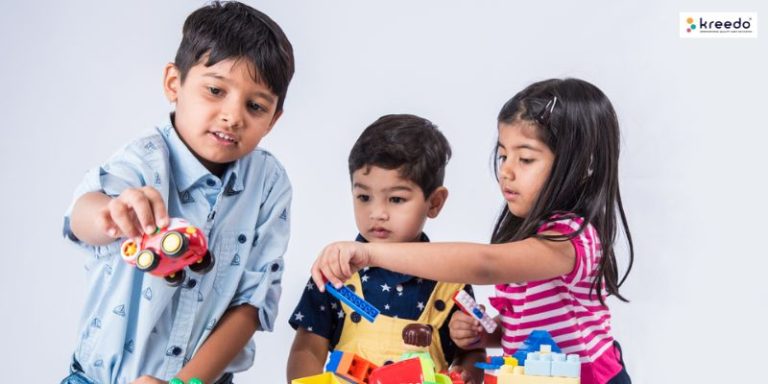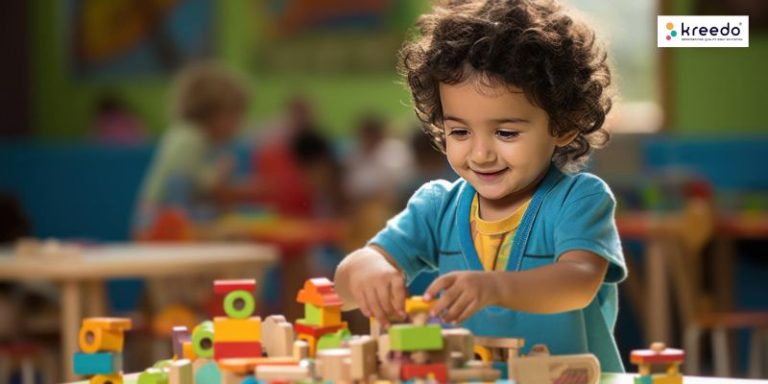“I hear and I forget. I see and I remember. I do and I understand.” – Confucius
We have often heard this proverb in various forms, but not many of us really apply it in schooling. Even today, in our formal schooling systems, especially in India, most of the learning is very abstract. We revel in starting with an abstract concept like giving number names 1,2,3… or a, b, c. In high school, we do the theory first, and then take children to the lab to do an experiment that proves the theory works. How much simpler and clearer to the child, if we did an experiment first and then took lessons from there to the classroom?
Obviously for a young child, abstract words and texts make no meaning. These days many schools have started using visual aids. A visual is certainly better than a teacher just talking/explaining, but even that is not enough. Visual memory is also not very powerful. It is the muscular memory of human beings that is the most powerful, leaving behind very strong impressions.
A sportsperson who starts playing at a very young age is able to get back to his/her sport at a later point of time quite effortlessly even after a gap because the muscles retain the memory of the sport. E.g. Swinging a bat, or kicking a ball comes naturally to a sportsperson. Those of us who have played a musical instrument in our early years/ younger ages are able to pick up the skills again to a certain extent at a later stage compared to an adult who is trying it for the first time.
But if we have only watched someone play cricket on television, or watched everyone in our home play the violin but not used it much, we will not have developed much skill in the same. This is because visual and auditory memories obviously do not have a lasting impact while a muscular memory does.
This is the primary reason why we say learning that involves the muscular memory will be with us for a very long period as compared to any form of learning that involves only vision/ audio/ texture/ passive learning in any form.
Once we have learned to ride a bicycle, it is quite difficult to “unlearn” it!!! Similarly, if we learn to play something the wrong way, it is very difficult to correct it. That is a primary reason why anything that involves muscle memory needs to be introduced properly so that the right skill is learned for life. This is a natural, spontaneous reaction that does not involve much use of the cerebrum, but rather just comes naturally from the cerebellum to a large extent.
So to optimize our later learning, say for example in Mathematics, while doing a complex piece of work, we do not want our cerebral thinking powers to be thinking of something like: what is 17×9, which is a mere calculation. We want to be focused on solving the problem. This would happen if the muscular memory for multiplication is strong enough.
To put it simply: If we have done enough multiplication with materials in Early Years, the cerebellum will take over where spontaneous thinking is involved while the cerebrum in a sense can focus on the bigger problem, sort of like parallel processing, making the thinking process less cumbersome, faster, more focussed on the problem and more intuitive.
What we hear, we mostly forget;
What we see, we usually remember;
What we do, we largely understand and internalize.
A picture is certainly worth a thousand words, but a repeated activity of the right sort is worth a million pictures.
